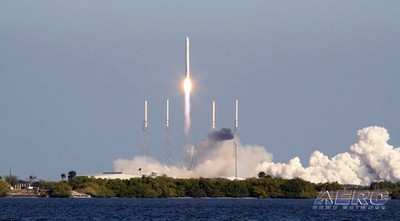
Musk: Engine 'Successfully Performed Every Test'
Space Exploration Technologies’ (SpaceX) Merlin 1D engine has achieved flight qualification, a major milestone for the next generation Merlin engine. Through a 28 test qualification program, the Merlin 1D accumulated 1,970 seconds of total test time, the equivalent run time of over 10 full mission durations, and is now fully qualified to fly on the Falcon 9 rocket.
